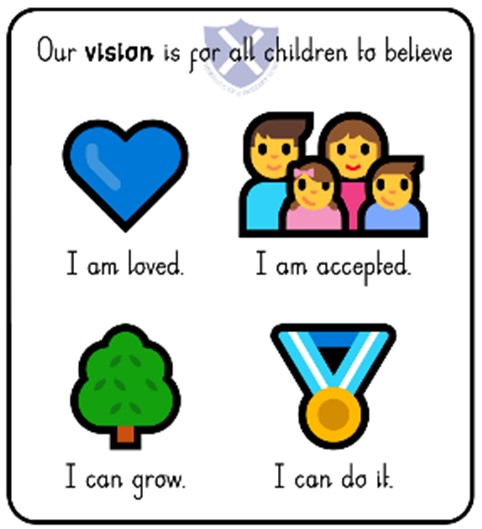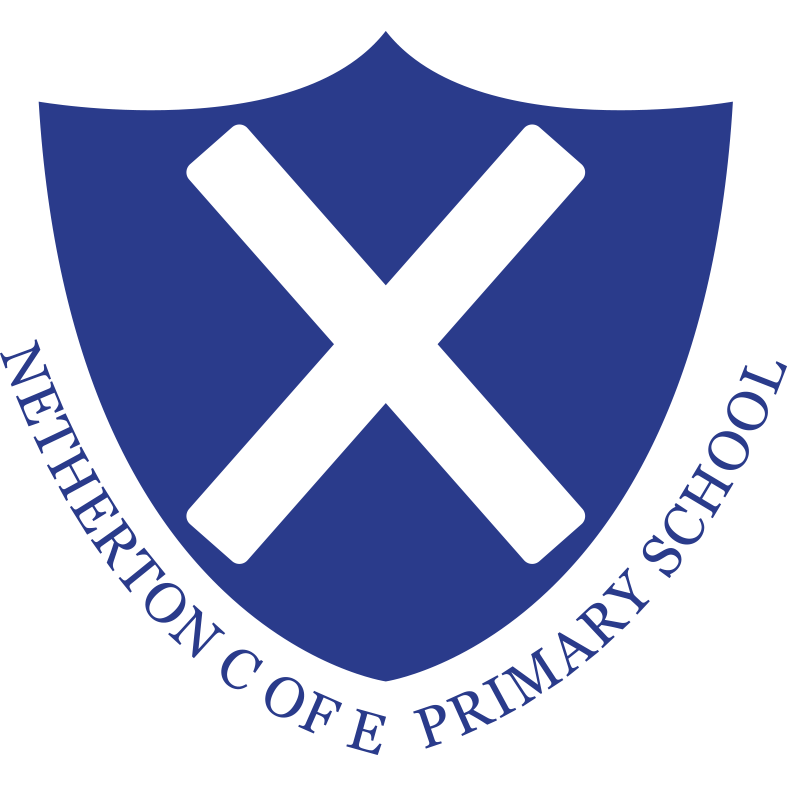English - Phonics
Intent
At Netherton C of E Primary School we aim to use the Read Write Systematic Synthetic Phonics Programme (validated by the DfE) to give your child the best possible start with their literacy.
Our school visions is to 'Make A Difference to Everyone’. We aim to create an environment where there is no difference in the academic achievement and opportunities for spiritual growth between those who might feel undervalued, disrespected, or marginalised in society. Our intention is therefore to use this programme so that regardless of a child’s starting points, they begin learning to read, write and spell using the best tools possible.
Implementation
What is Read Write Inc. Phonics?
Read Write Inc (RWI) is a complete phonics and literacy programme which helps all children learn to read fluently and at speed so they can focus on developing their skills in comprehension, vocabulary and spelling. The programme teaches children to read accurately and fluently with good comprehension. They learn to form each letter, spell correctly, and compose their ideas step-by-step. The programme is designed for children aged 4-7. However, at Netherton, we begin the programme in Nursery and will continue teaching RWI to children beyond the age of 7 if they still need support in their reading. RWI was developed by Ruth Miskin and more information and guidance for parents on this can be found at https://www.ruthmiskin.com/en/find-out-more/parents/
Children learn the English alphabetic code: first they learn one way to read the 40+ sounds and blend these sounds into words, then learn to read the same sounds with alternative graphemes. They experience success from the very beginning. Lively phonic books are closely matched to their increasing knowledge of phonics and ‘tricky’ words and, as children re-read the stories, their fluency increases. Along with a thought-provoking introduction, prompts for thinking out loud and discussion, children are helped to read with a storyteller’s voice.
All children are assessed regularly by our RWI reading leader so they are grouped in order to work with children at the same level. This allows complete participation in lessons.
Reading
The children:
- learn 44 sounds and the corresponding letters/letter groups using simple picture prompts
- learn to read words using Fred talk and sound blending
- read from a range of storybooks and non-fictions books matched to their phonic knowledge
- work well with partners
- develop comprehension skills in stories by answering 'Find It' and 'Prove It' discussion questions
Writing
The children:
- learn to write and form the letters/letter groups which represent the 44 sounds with the help of fun phrases
- learn to write words by using Fred Talk
- learn to build sentences by practising sentences out loud before they write
Spoken language and oracy
The children work in pairs so that they:
- answer every question
- practise every activity with their partner
- take turns in talking and reading to each other
- develop ambitious vocabulary
Children are regularly assessed to group them according to their phonological awareness. This enables us to provide accurate teaching to close gaps and identify pupils for 1:1 phonics top up that supports children to keep up with the programme rather than catch up. This also prepares pupils for the Year 1 phonics screening check where pupils are assessed against national expected standards.
Impact
Our aim is for pupils to move through the programme as quickly and fluidly as possible. Starting pupils on the programme in nursery gives children a head- start (if they are developmentally ready) and allows pupils to progress through the programme, completing it by the first term in Year 2. Our aim is for the majority of pupils in Year 1 to have passed the phonics screening check and complete the programme in order to apply their decoding skills and focus more in depth on reading comprehension and fluency from Year 2 onwards. Our main aim is to make all pupils fluent readers by the end of Year 2.
Characteristics of a Read, Write, Inc. Pupil
- Recognises the 44 letters of the alphabet and the grapheme/ phoneme correspondence with each letter/ sound
- Is able to decode sounds and blend them together to read, segment to spell and use their Fred fingers
- Write each grapheme using memorable phrases to support handwriting
- Enjoys reading out loud and is successful in doing this independently
- Is able to use their phonic knowledge to read words they haven’t come across before
- Develops a vast vocabulary due to the language explored in each text
Road Map

